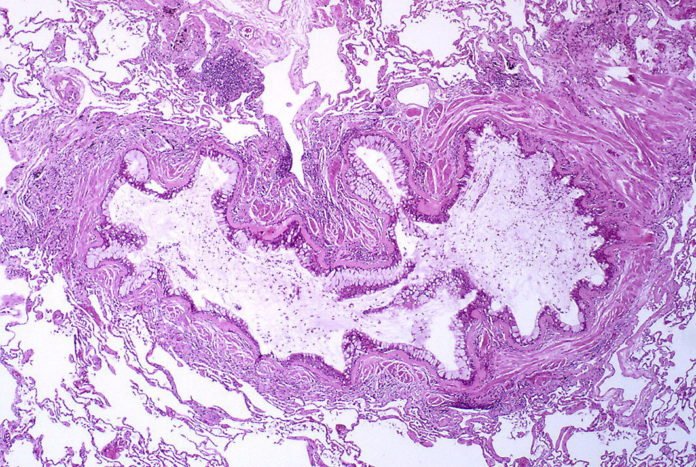University of Queensland researchers are one step closer to developing new medicines for treating inflammatory diseases, including allergies such as rhinitis, itchy hives, asthma, eczema, and dermatitis.
A team from UQ’s Institute for Molecular Bioscience(IMB) and the ARC Centre of Excellence in Advanced Molecular Imaging has built molecular switches that can control the immune response to many common allergens.
UQ IMB researcher Dr. Abishek Iyer said human immune cells responded to allergens by releasing histamine and other chemicals that cause inflammation and lead to allergic reactions.

“We can take anti-histamines to relieve the symptoms of some allergies, but these medicines don’t affect the root causes of inflammation that can lead to chronic diseases, including asthma,” Dr. Iyer said.
“The molecular switch we have developed turns off an important protein on the surface of human immune cells that controls how our immune system responds to many allergens in the environment.
“This is a new approach to managing a person’s risk of developing severe allergies and inflammatory reactions that lead to disease, but human trials are still some way off.”
The team also included Dr. Rink-Jan Lohman, Dr. Robert Reid, and Professor David Fairlie, all from the IMB Centre for Inflammation and Disease Research.
Dr. Reid said the team built small chemical compounds that switched off the function of the human immune cells that triggered allergic reactions.
Trials of the compounds in human inflammatory cells were found to be effective in treating rodent models of human inflammatory diseases.
The next step is to use the new small compounds to better understand the molecular basis of human immune responses and design better treatments for a diverse range of allergies, asthma and other inflammatory conditions.
The study was published in the scientific journal Nature Communications and can be accessed by journal subscribers at https://www.nature.com/articles/s41467-017-00414-w.
